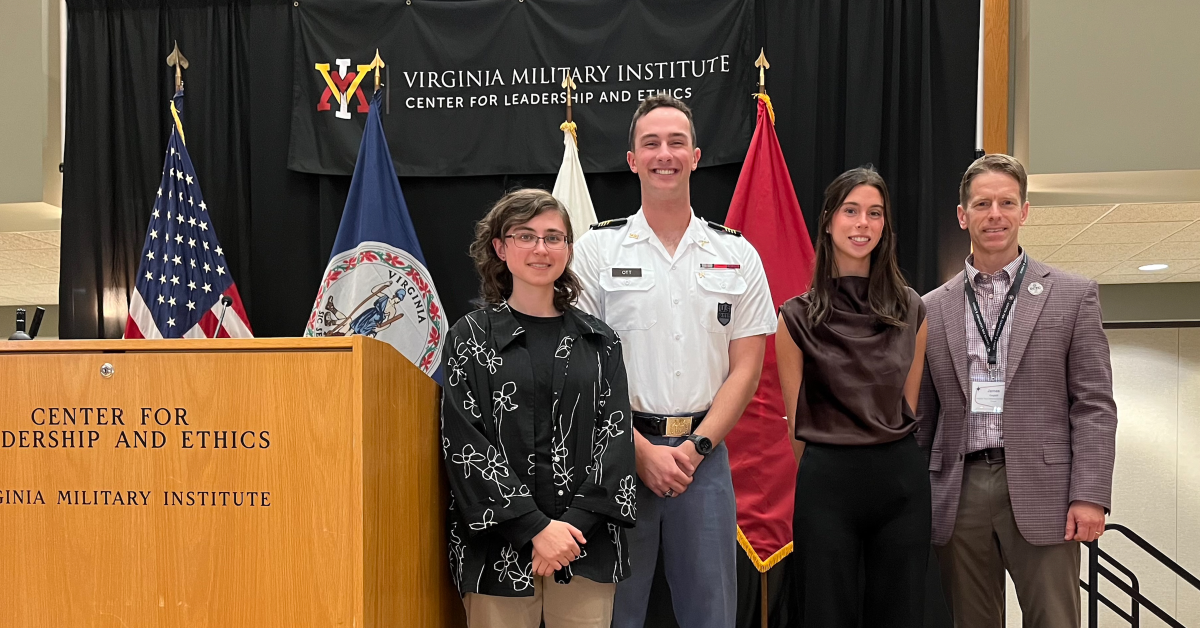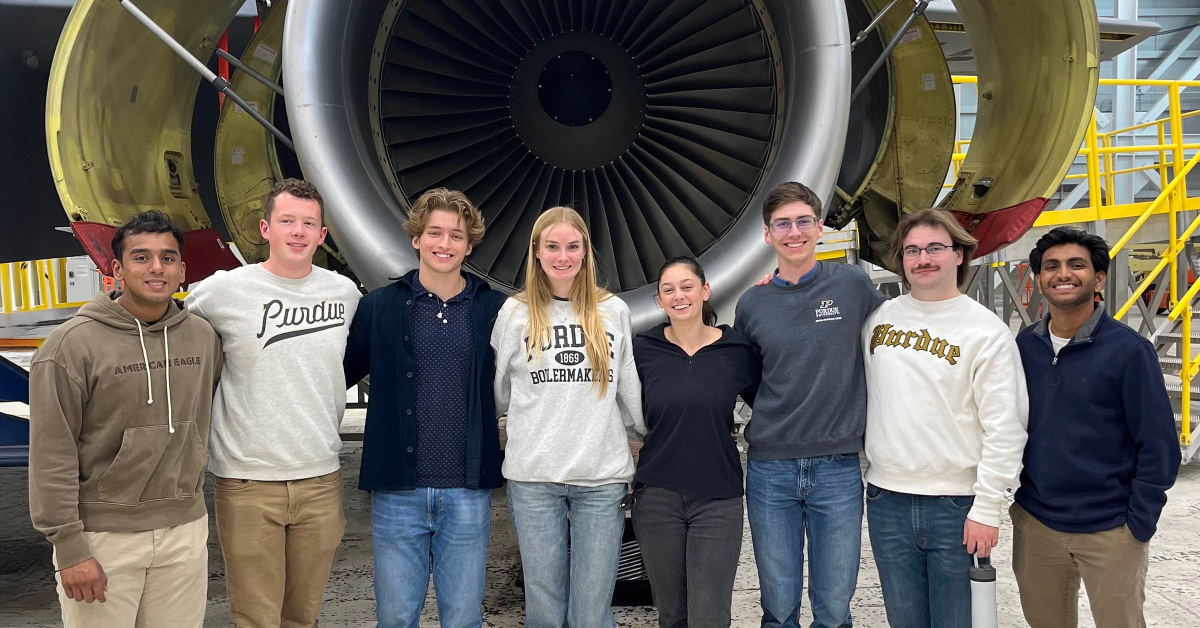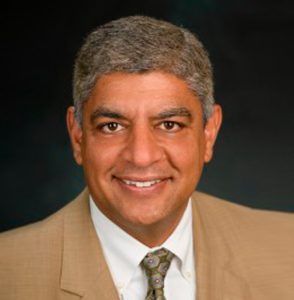
University of Arizona Scholars Visit the AMARG Boneyard
This blog entry is adapted from reflection papers submitted by Arizona scholars Andrew Pongrátz, Ellie Wolcott, Ceili Olney, & Michael Morales after the site visit, October 11, 2023.
On October 4, the University of Arizona cohort of DCTC scholars visited the 309th Aerospace Maintenance and Regeneration Group (309 AMARG) at Davis-Monthan Air Force Base (D-M AFB) in southern Tucson, Arizona, just 20 minutes south of the University of Arizona campus. AMARG is responsible for maintaining and repairing parts and equipment that are used by the Air Force as part of the acquisition process and for storing aircraft that are not in use but are maintained to ensure quality and airworthiness. “The Boneyard” is where old aircraft are stored on wide, open lots in the desert. The aircraft are preserved for longer in the hot, dry climate. AMARG is located in Arizona because there is no corrosive salt water, and the ground is compacted.
“As a military brat and aerospace engineering student, I was really excited for the trip; being on base is both incredibly familiar and exciting to me,” explained Ellie Wolcott, an aerospace engineering major from Warner Robins, Georgia. “One of the things I was most surprised to learn during this trip was that AMARG is primarily run by civilians, not service members. Although I’ve known for a while that it is possible to work for the military without enlisting, I assumed prior to joining the DCTC that those jobs were few and far between. Now I know that civilian careers within the military are not only commonplace, but incredibly important.”
DCTC scholars spoke with Col. Neil Aurelio, supervisor for AMARG divisions, who briefed them on AMARG duties, capabilities, and potential summer internship projects where scholars can contribute to the mission, such as improving data analysis within the divisions to ensure more orderly flow of parts and resources. Scholars also spoke with engineers who are converting A-10 jets to be autonomous/remote-controlled by taking out human-centered parts to be replaced with remote capabilities, in-line with DoD’s push to increase automation throughout the services.
“I was really interested in some of the tasks he presented, most of which had ties to systems engineering,” said Wolcott. “For example, Project #2 involved developing cost-effective manufacturing methods that could be used to build supports for stored aircraft. As he outlined these different problems faced by AMARG, I thought about how I would approach solving each one.”
Michael Morales, a business administration and management major from Douglas, Arizona observed, “I really enjoyed seeing how The Boneyard operates, and I learned a lot about the kind of work they do…. Seeing the work, and the potential projects we may have in our internships gave me some clarity on the kind of work we can contribute to.”
The conversation about repurposing of A-10 jets built upon DCTC classroom lessons about the DoD acquisition process and ways in which the Department continuously seeks to increase efficiency and ensure longevity of weapons & aircraft. AMARG plays an important role in the acquisition process because they are responsible for storing materials/parts that are no longer being made/procured.
“DCTC has been an incredibly eye-opening and educational experience so far and one that I was never expecting to have in college,” said Ceili Olney, a neuroscience and cognitive sciences major from Phoenix, Arizona. “Within the classroom, we have learned about the ins and outs of the DoD’s acquisition workforce, the importance of maintaining beneficial and mutual relationships with the government, industry, and academia, and how we might help move the DoD acquisition community into the modern age…. My biggest takeaways from our AMARG visit were that a revamped and more efficient asset management system would be mutually beneficial for The Boneyard and its customers and that decommissioned planes are really cool!”
Scholars were also able to speak with the manager of Parts & Reclamation division, which is responsible for reclaiming parts, pieces, and tools, from retired aircraft and ensuring those reclaimed pieces can be used within other areas of the services. They are also responsible for procuring parts for other divisions throughout the country. Basically the Amazon warehouse for various types of parts and pieces, they take requests from other divisions, find that part out in the storage area, and then mail it to the customer in a timely manner. As DoD changes posture and moves forward with different directives, AMARG is there to ensure that older aircraft and parts from retired aircraft can still be used to the full extent possible even as technology/priorities evolve.








